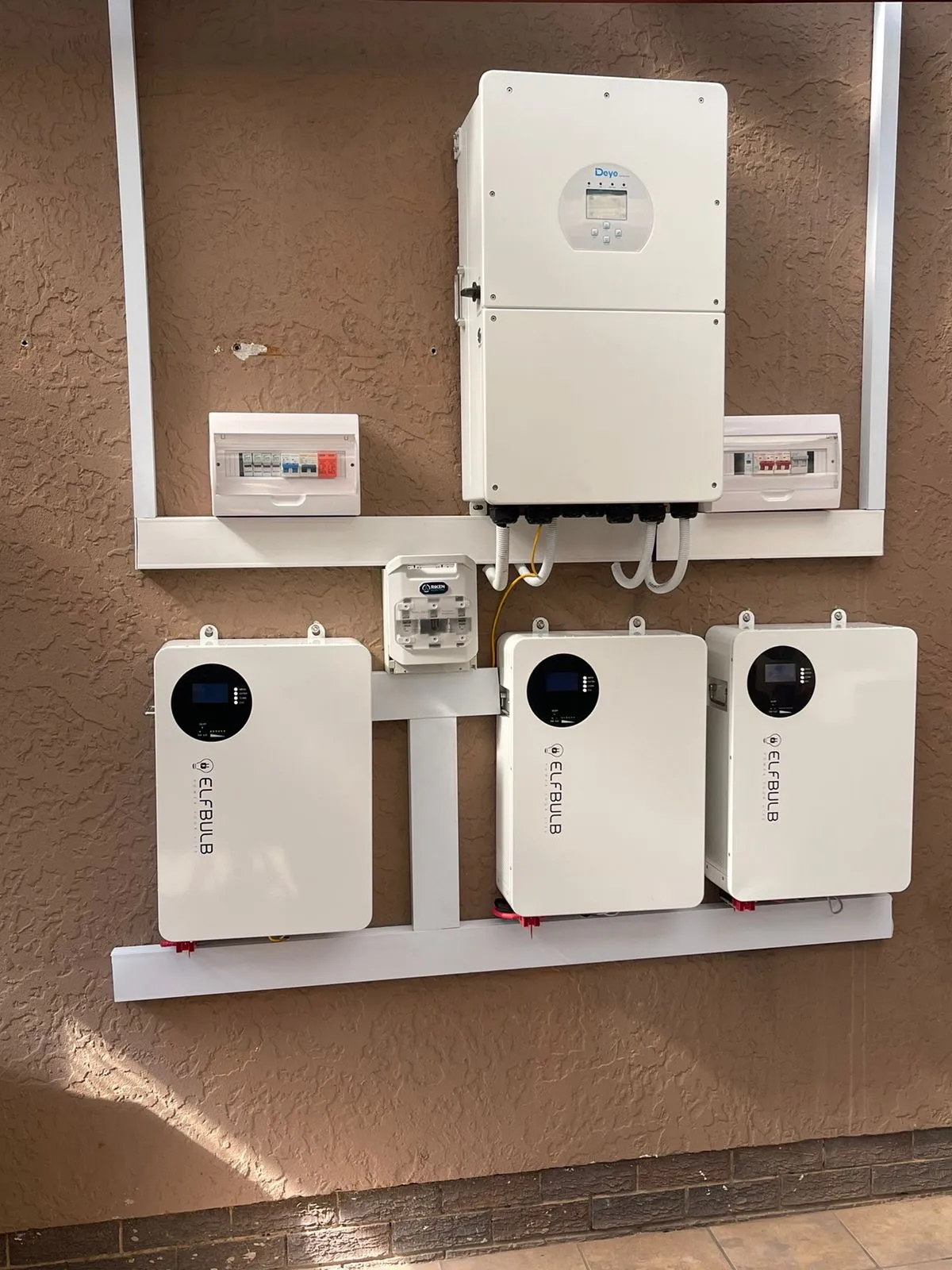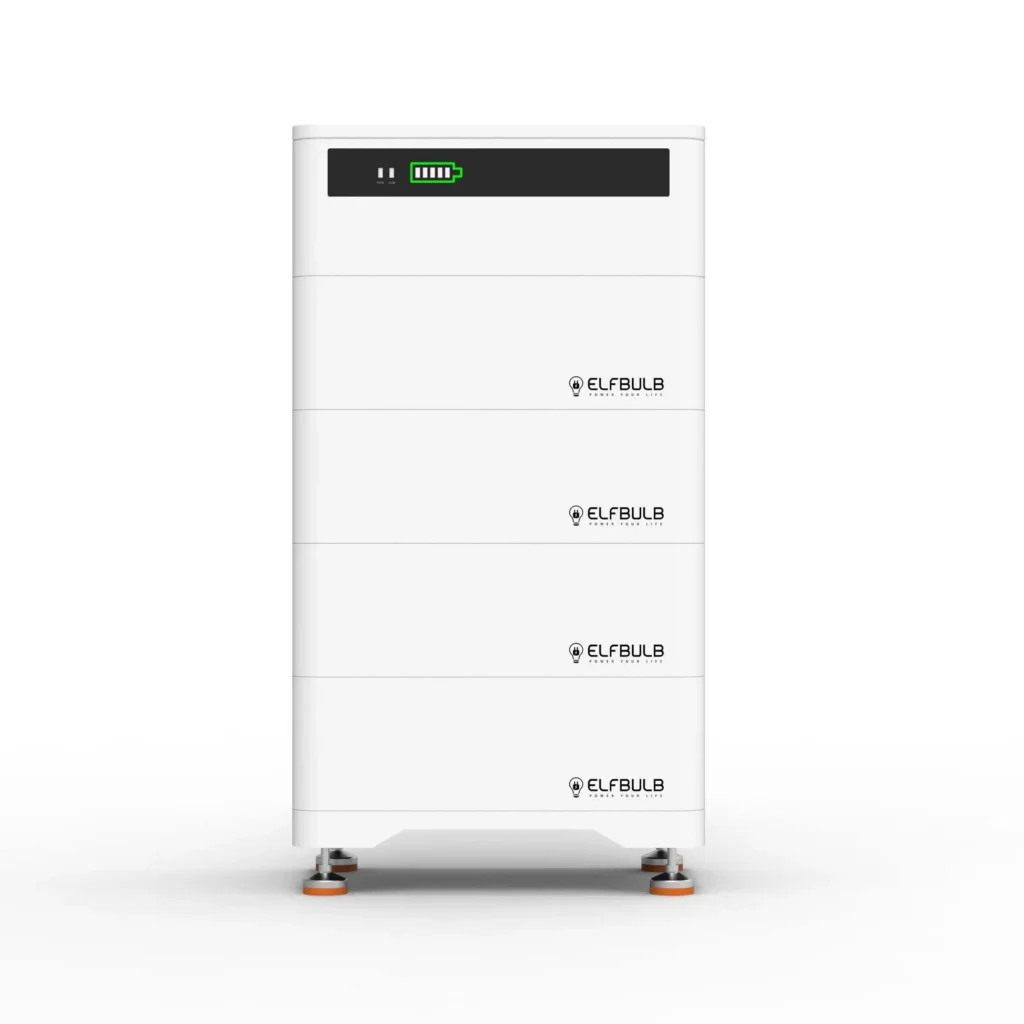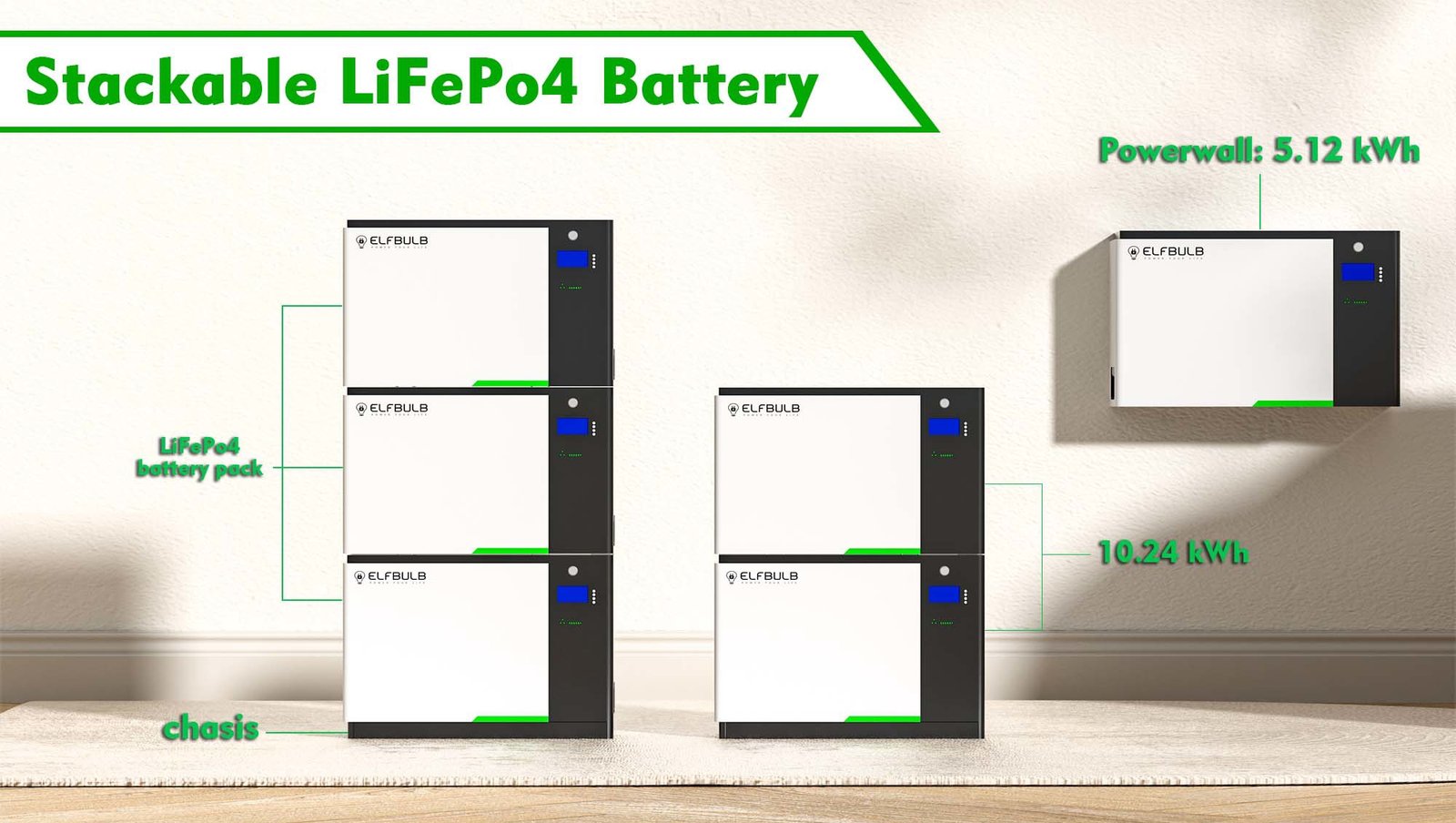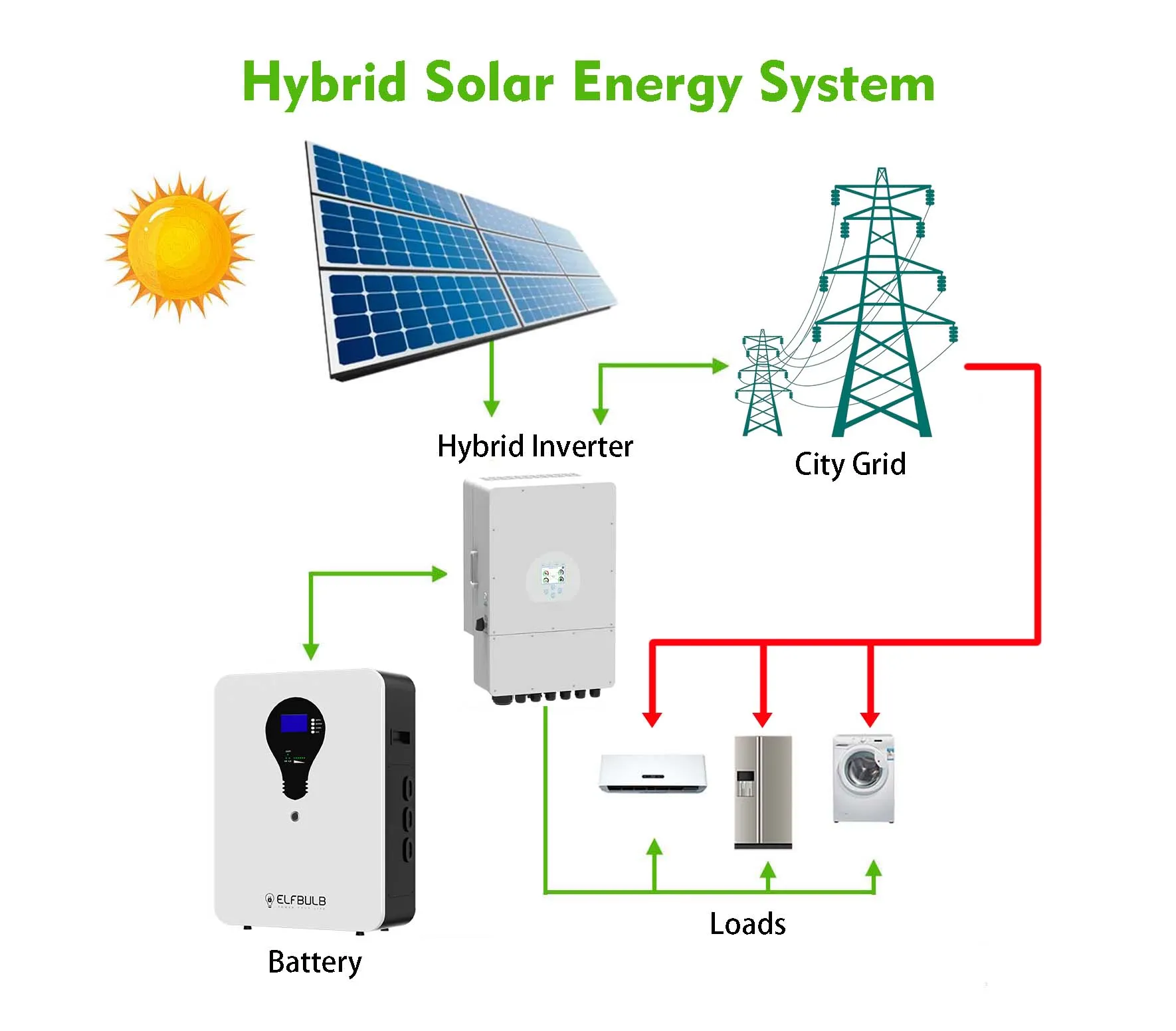The allure of a 5kWh battery lies in its potential to power various appliances and devices. But how long that power actually lasts depends on several crucial factors. This comprehensive guide will shed light on the lifespan of a 5kWh battery and the key elements that influence it.
Understanding the Power Players: Watts and Amp Hours
Before delving into specifics, let’s establish a common ground. The longevity of a 5kWh battery hinges on two key concepts: watts (W) and amp hours (Ah).
- Watts (W): This unit represents the rate of electrical power consumption by your appliances. Higher wattage appliances drain the battery faster.
- Amp Hours (Ah): This unit signifies the total amount of electrical energy stored in the battery. A higher Ah rating translates to longer runtime.
The relationship between these two can be simplified by the following equation:
Runtime (hours) = Battery Capacity (Ah) / Appliance Power Consumption (W)
The Big Reveal: How Long Can You Expect from a 5kWh Battery?
Unfortunately, there’s no one-size-fits-all answer. The runtime of a 5kWh battery can vary significantly depending on what you’re powering:
- Low-Powered Devices (e.g., Laptops, Lights): In this scenario, a 5kWh battery could potentially last for several days, providing continuous power for extended periods.
- Medium-Powered Appliances (e.g., TVs, Refrigerators): Here, the runtime might be measured in hours, comfortably powering these appliances for a night or a significant portion of a day.
- High-Powered Devices (e.g., Air Conditioners, Power Tools): With high-wattage appliances, a 5kWh battery’s runtime will be considerably shorter, lasting up to an hour or so depending on the specific device.
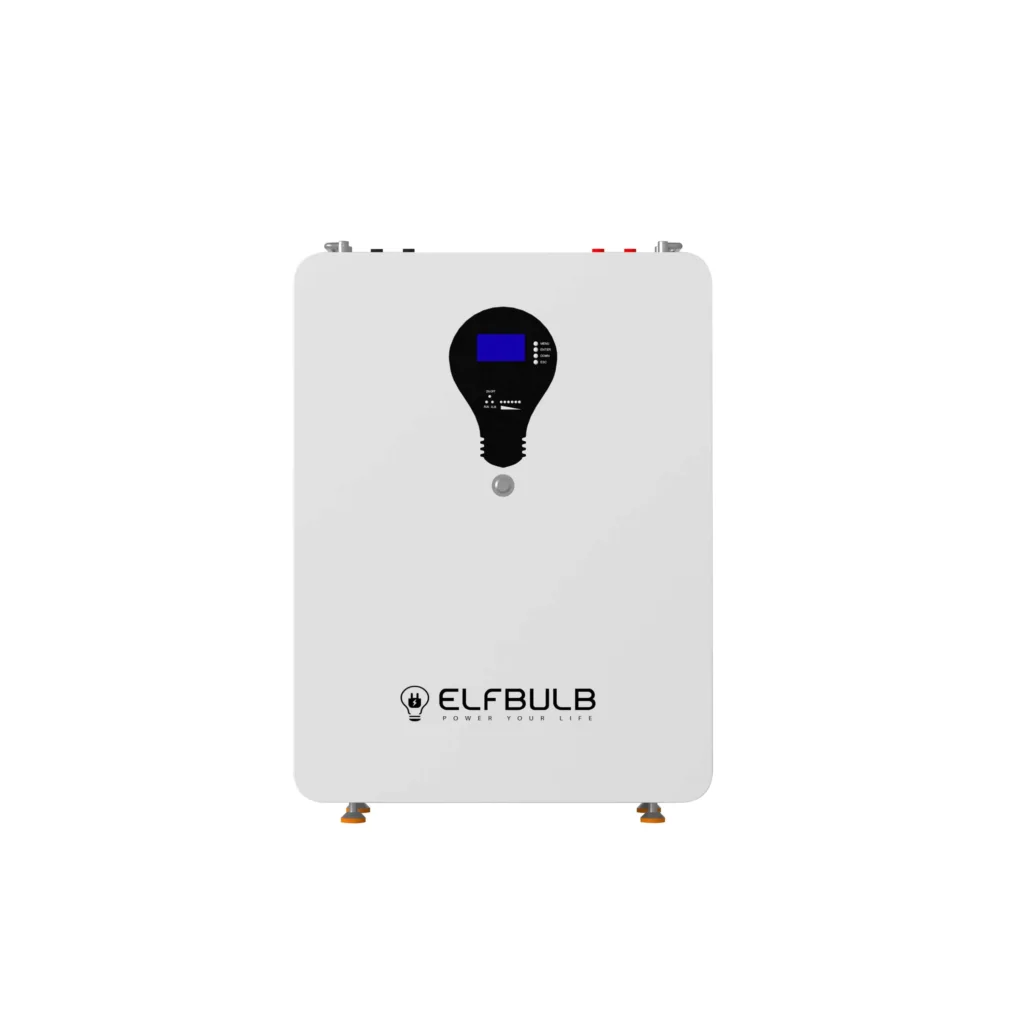
Beyond the Basics: Factors Affecting Battery Lifespan
While watts and Ah are the primary players, other factors can influence how long your 5kWh battery lasts:
- Battery Depth of Discharge (DoD): This refers to how much of the battery’s capacity you use in a single cycle. Deeper discharges (using more than 50% of the capacity) can shorten overall battery life.
- Battery Age and Condition: As batteries age, their capacity naturally decreases, leading to a shorter runtime. Proper maintenance and avoiding extreme temperatures can help optimize lifespan.
- Battery Chemistry: Different battery chemistries (e.g., Lithium-ion vs Lead-acid) have varying lifespans and discharge characteristics.
Maximizing Your 5kWh Battery‘s Potential:
Here are some tips to ensure you get the most out of your 5kWh battery:
- Match Appliance Needs: Choose appliances with wattages appropriate for your battery capacity.
- Practice Smart Usage: Avoid unnecessary deep discharges and prioritize low-powered devices when possible.
- Maintain Your Battery: Follow manufacturer recommendations for charging, storage, and overall care.
The Takeaway: A 5kWh Battery – A Versatile Power Source
A 5kWh battery offers substantial power potential, but its runtime depends on your specific usage. By understanding the factors at play and implementing smart strategies, you can leverage this battery to its full capacity and enjoy extended power for various needs.








